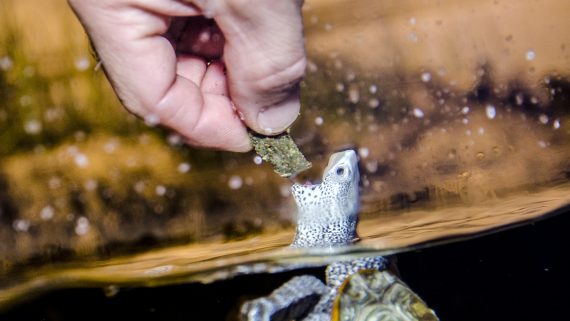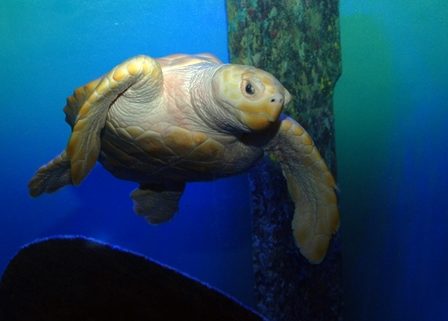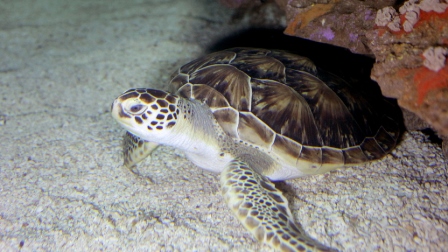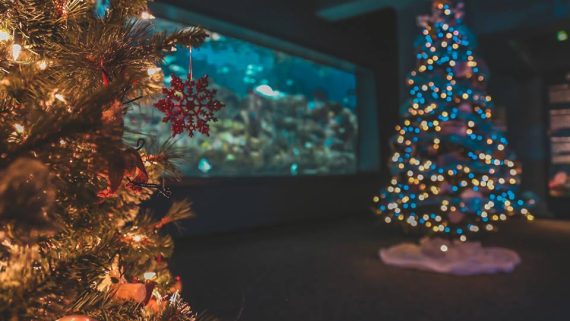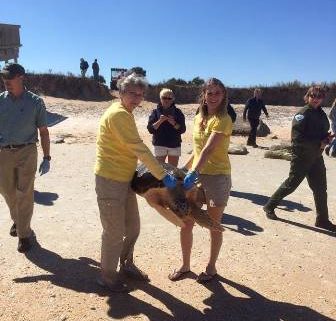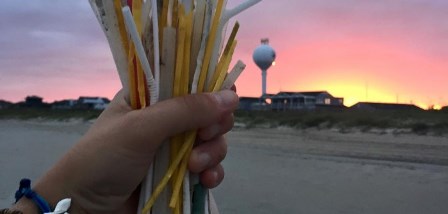News in Sea Turtle Science
We have known for a while that our climate is changing and people influence it. What we do not know for certain is how species will react to the changing climate. This has been the focus of many recent research studies and scientists are starting to put together trends. Sea turtles, and other reptiles, do not have sex chromosomes like we do. Instead, the sex of a hatchling is determined by the temperature in the nest. Lower temperatures produce males while higher temperatures produce females. The general temperature range for nests is between 26° and 32°C (79°-89.6°F). Temperatures above this range can be lethal to hatchlings. With new advancements in science, researchers are gaining a better understanding of sea turtle sex development, which could offer hope for an uncertain future.
A recently published study out of Queensland, Australia reported that one of the largest sea turtle colonies in the world is turning almost entirely female due to rising temperatures. While scientists have known for a while that the warming climate will affect the sex of sea turtle hatchlings, this is the first study to directly document it on a wild population. This study used new techniques in combining endocrinology and genetics to assess the sex of many turtles over a wide foraging area, giving us more than a simple snapshot of a few nests. The data gave researchers a bigger picture into both immature and mature sea turtles over a many-year period.
A study closer to home documented similar findings for sea turtles in southeast Florida. Researchers from Florida Atlantic University have collected data on the sea turtles in Palm Beach County since 2002. The results show 97 to 100 percent of hatchlings have been female. More excitingly, however, this research team is the first to show that moisture in the nest also affects developing sea turtle hatchlings. Cooler, wetter conditions produce more males while warmer, drier conditions mean more females. FAU researchers also found that temperature plays a more important part in development early on, while moisture factors in later in embryonic development.
While scientific techniques are ever-advancing, giving us new knowledge about sea turtles, this science also allows us to take a hopeful stance for the future. As the climate changes, we are arming ourselves with data to better predict how species will react. This information may also enable us to recreate ideal conditions in lab settings to keep sea turtle populations viable.
In the meantime, we can all take those small steps to keep sea turtles healthy in the wild. Switch out single-use plastic items for reusable items, leave only footprints when you go to the beach, and work to lower your carbon footprint. Our hatchlings are healthy and growing every week! This week, turtle A is 1323 grams and 20.4 centimeters while turtle B is 1272 grams and 20.9 centimeters. Follow along with their weekly measurements by looking at the table in this post.



